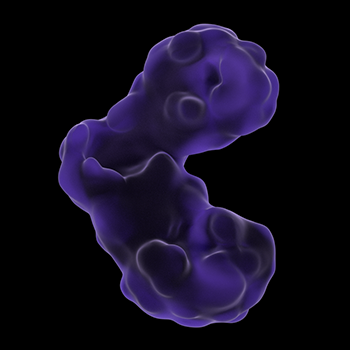Lorem ipsum dolor sit amet, consectetur adipiscing elit. Ut elit tellus, luctus nec ullamcorper mattis, pulvinar dapibus leo.
The Story
Harnessing Nature
Alpha Fetoprotein (AFP) is a human protein produced by the embryo during fetal development
and serves two critical functions:
- Normalizes immune system responses so the mother’s immune cells don’t attack the embryo; and
- Picks up nutrients from the mother and delivers them to the embryo.
AFP enters maternal bloodstream and picks hydrophobic substances, needed by rapidly growing embryo. AFP circulates until
it finds receptors which are present on all embryonic cells. It then binds to the receptor and is transported
into cell where the payload is released. After birth, the production of AFP stops and the receptors
disappear.

Platform
Immunomodulation Platform
Symptoms of autoimmune diseases (Inflammatory Bowel Disease (Crohn’s/Colitis), Myasthenia Gravis, Multiple Sclerosis, Hashimoto disease etc.) go into remission during pregnancy.
This correlates very well with the rise and fall of AFP.
Mechanism of Action: AFP is the third ligand to the FcRn receptor – the key regulator of IgG levels.
AFP’s MOA of FcRN blockade implies broad application in more autoimmune disorders, especially across 40+ autoantibody driven autoimmune diseases.

Platform
Targeted Immuno-Oncology Platform
Most cancer cells like embryonic cells express AFP receptors while healthy cells do not.
By attaching a chemotherapy payload to AFP we can selectively deliver toxins to cancer cells bypassing normal cells. This
results in increased efficacy and a significant reduction in toxicity.
Learn More
Pre-Clinical IO Studies
Radiopharmaceuticals Platform
Cancer imaging and therapeutic development work is underway with 3D imaging, Charles River Laboratories, Centre for Probe Development and Commercialization – AtomVie for 89Zr-ACT-101 (diagnostic) and later using 177Lu-ACT-101 (therapeutic).